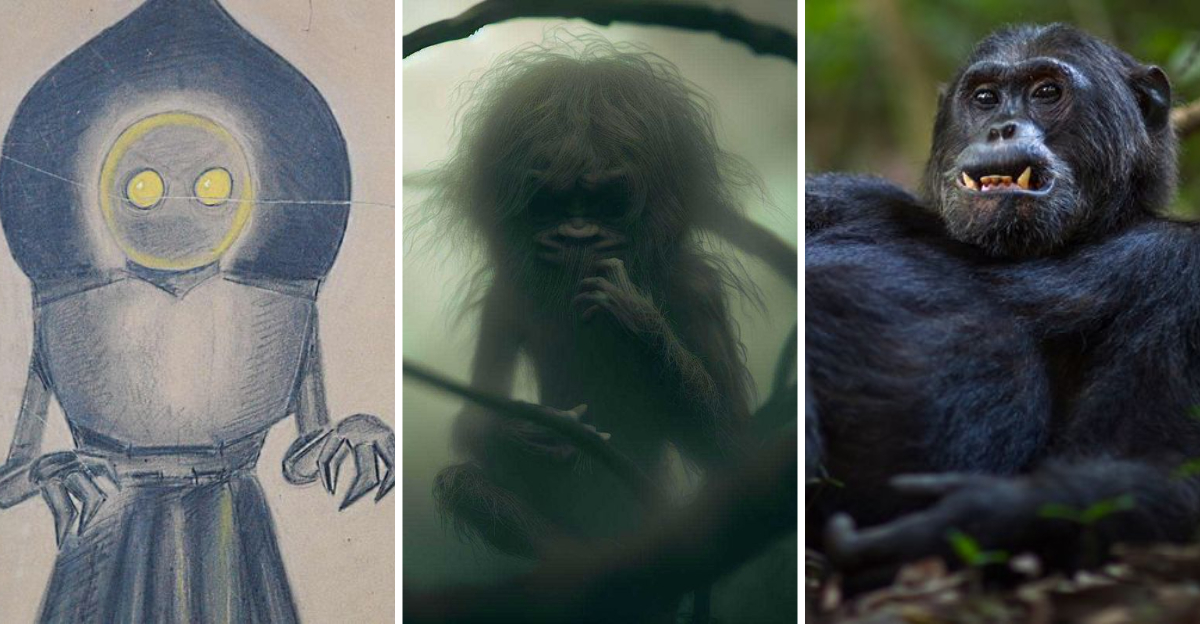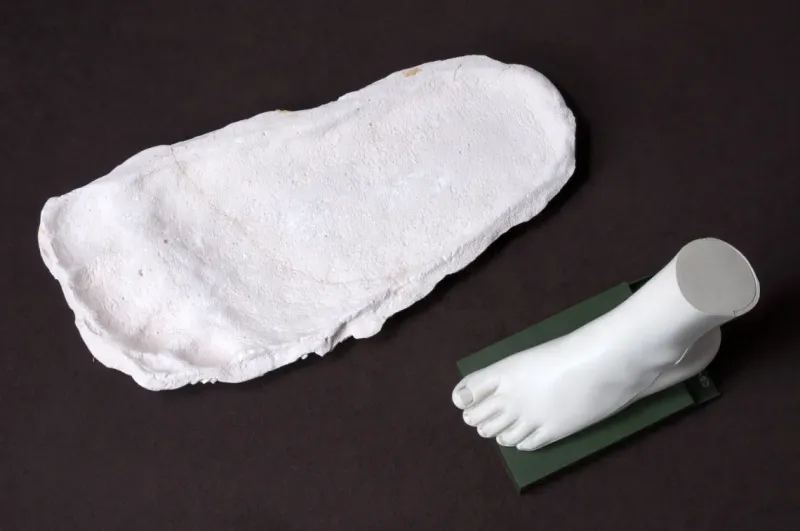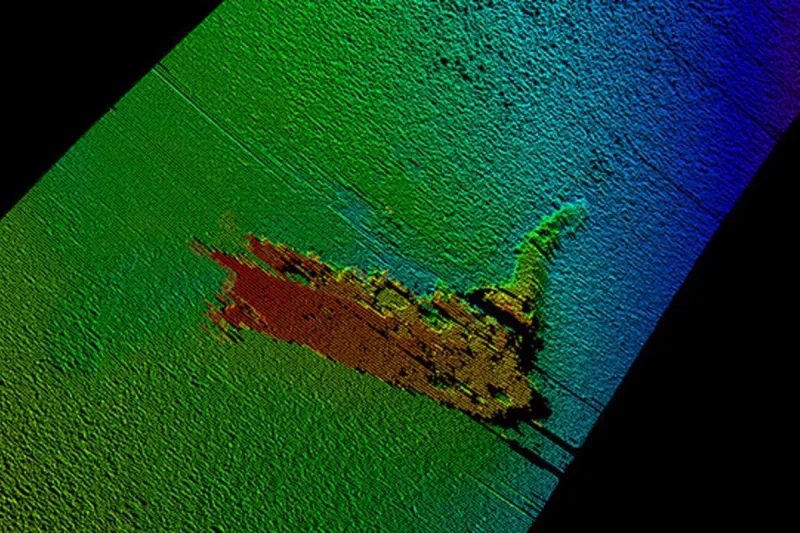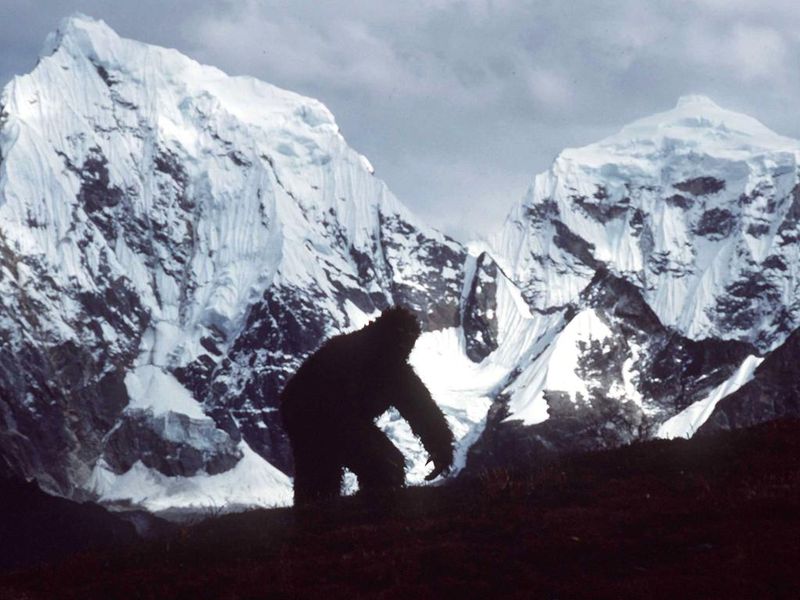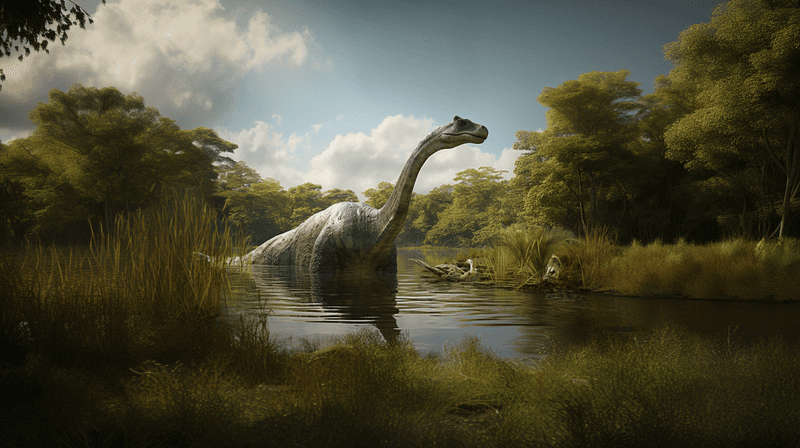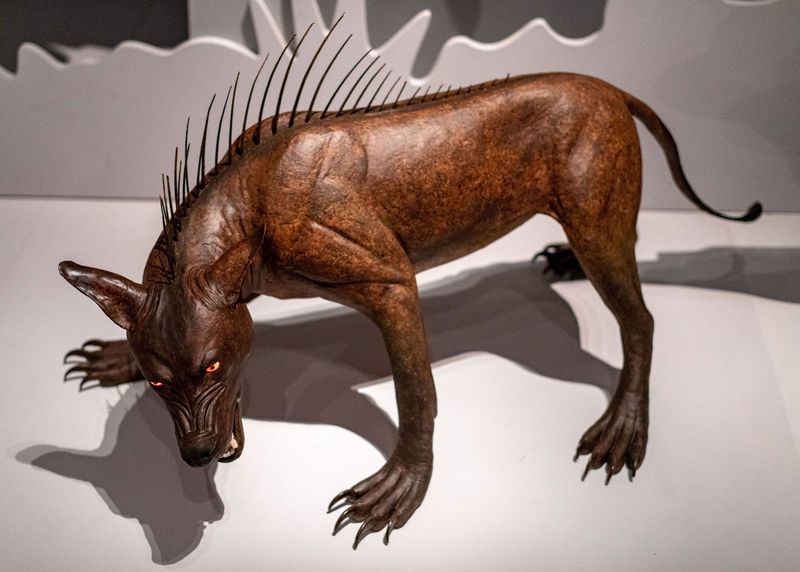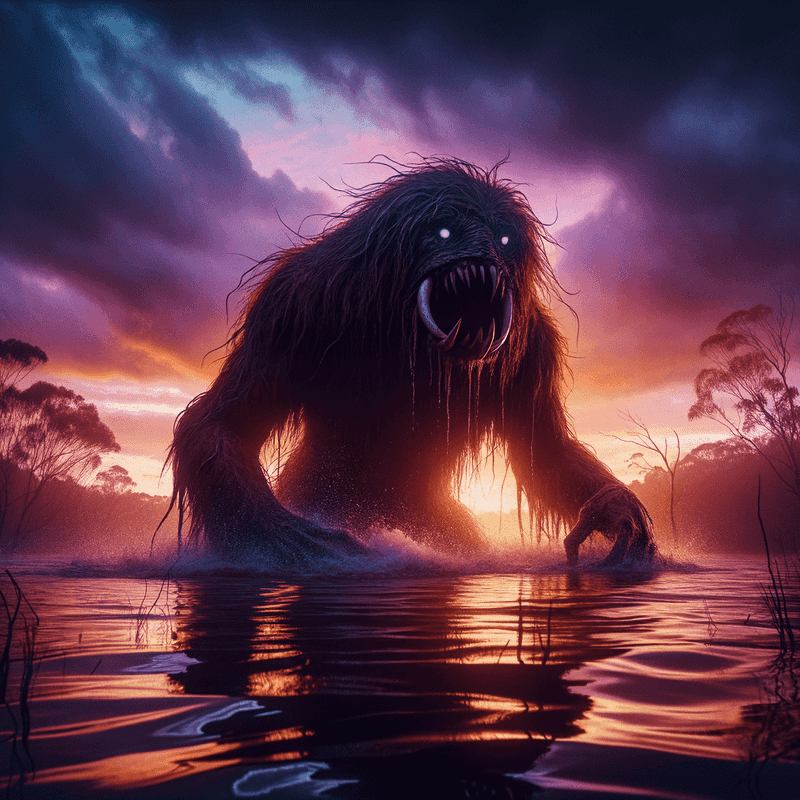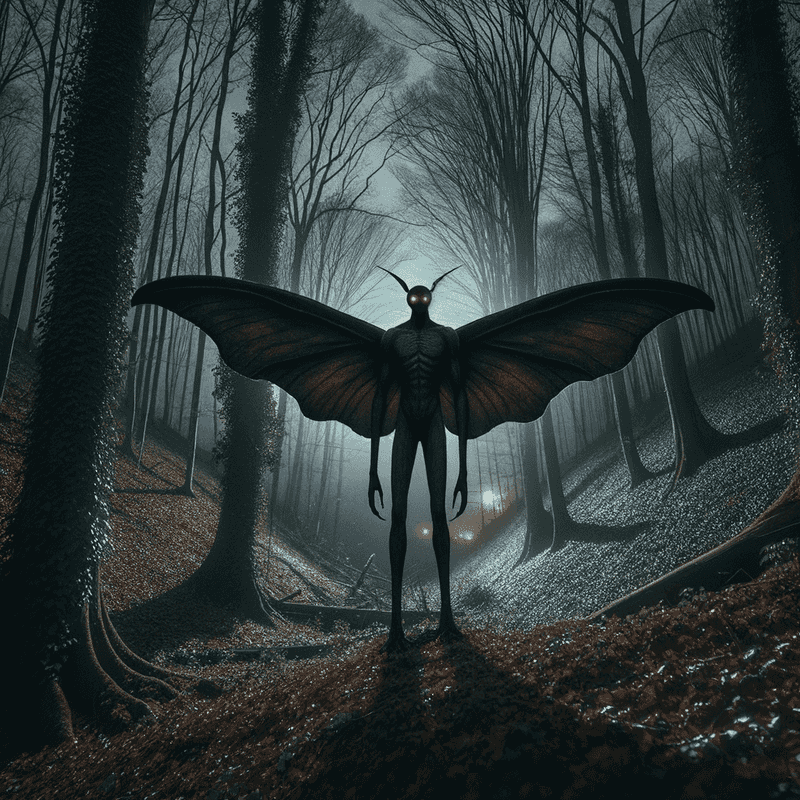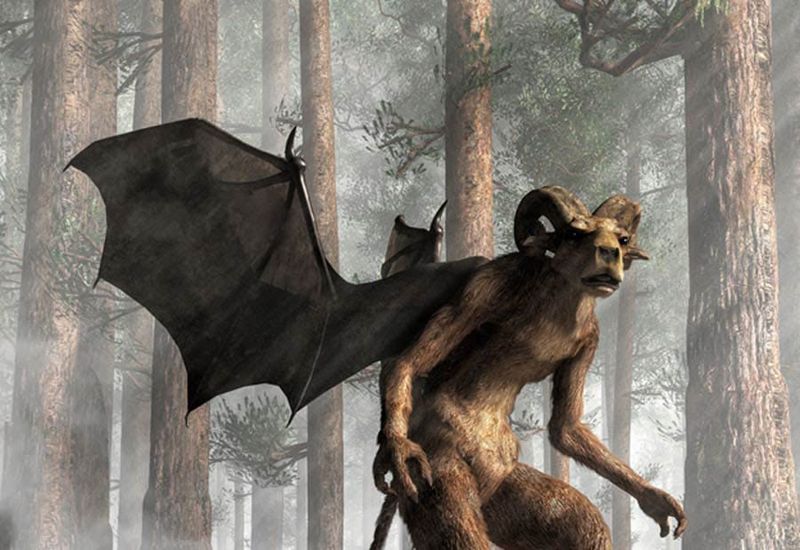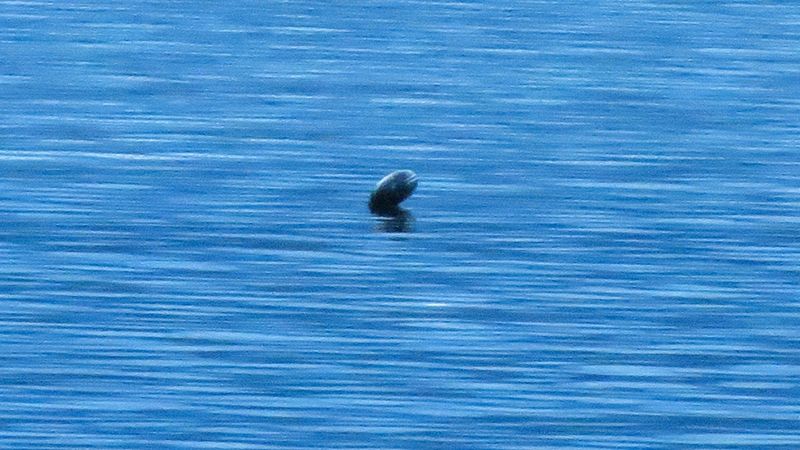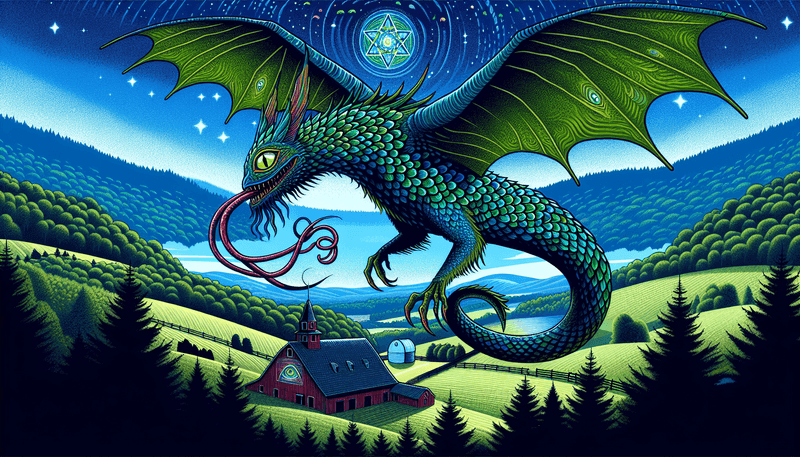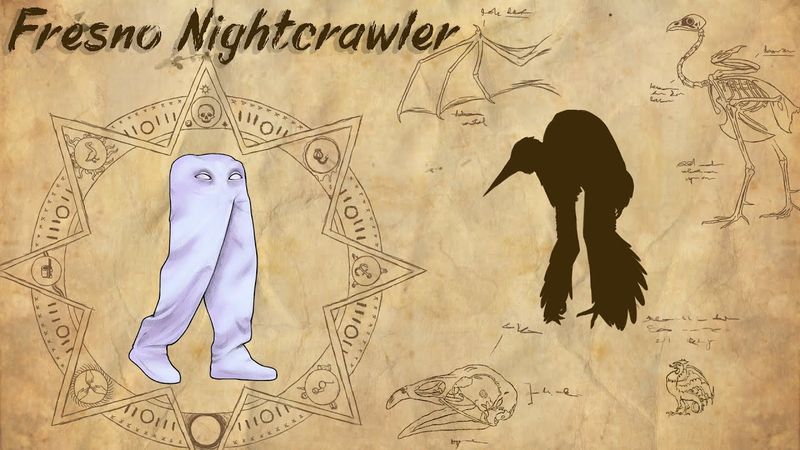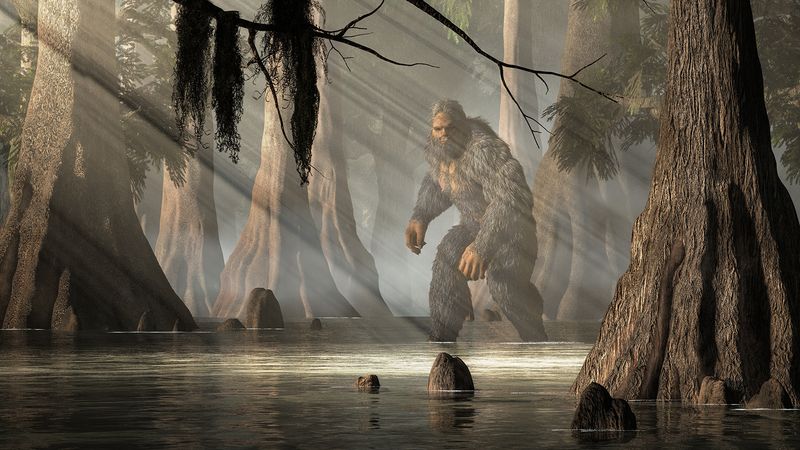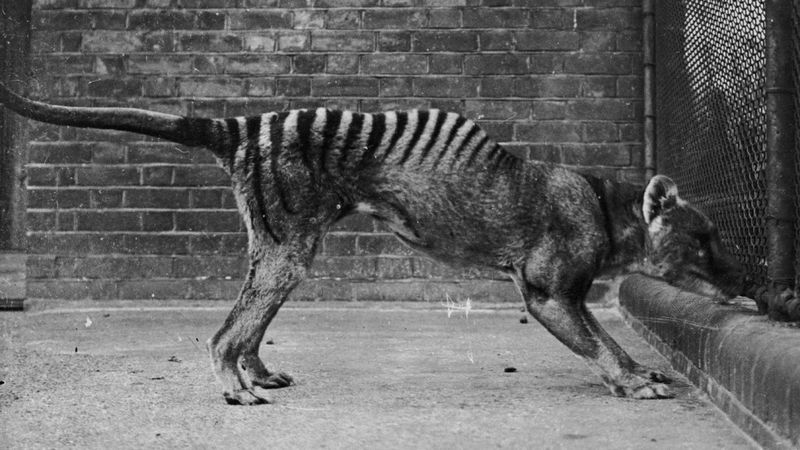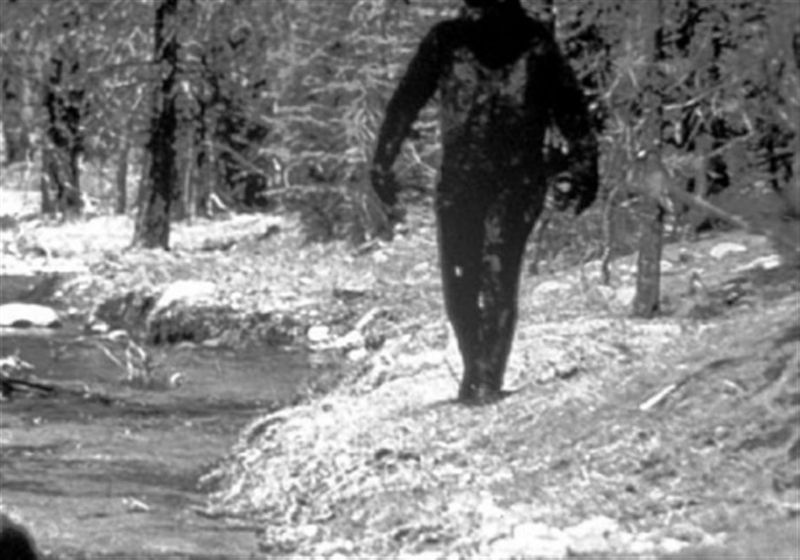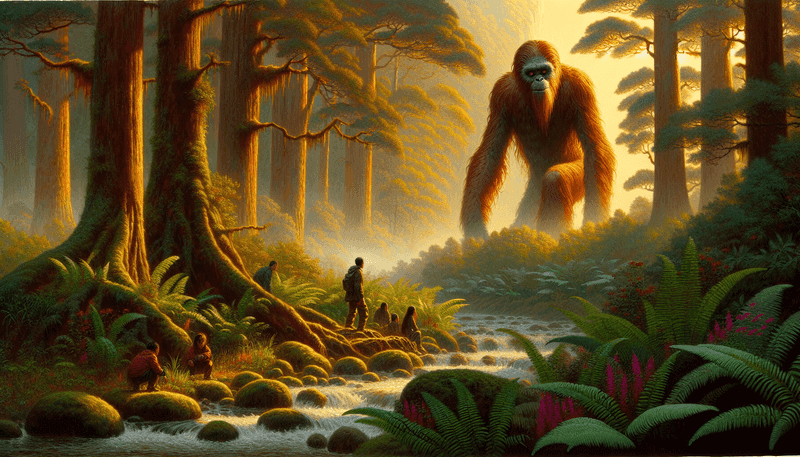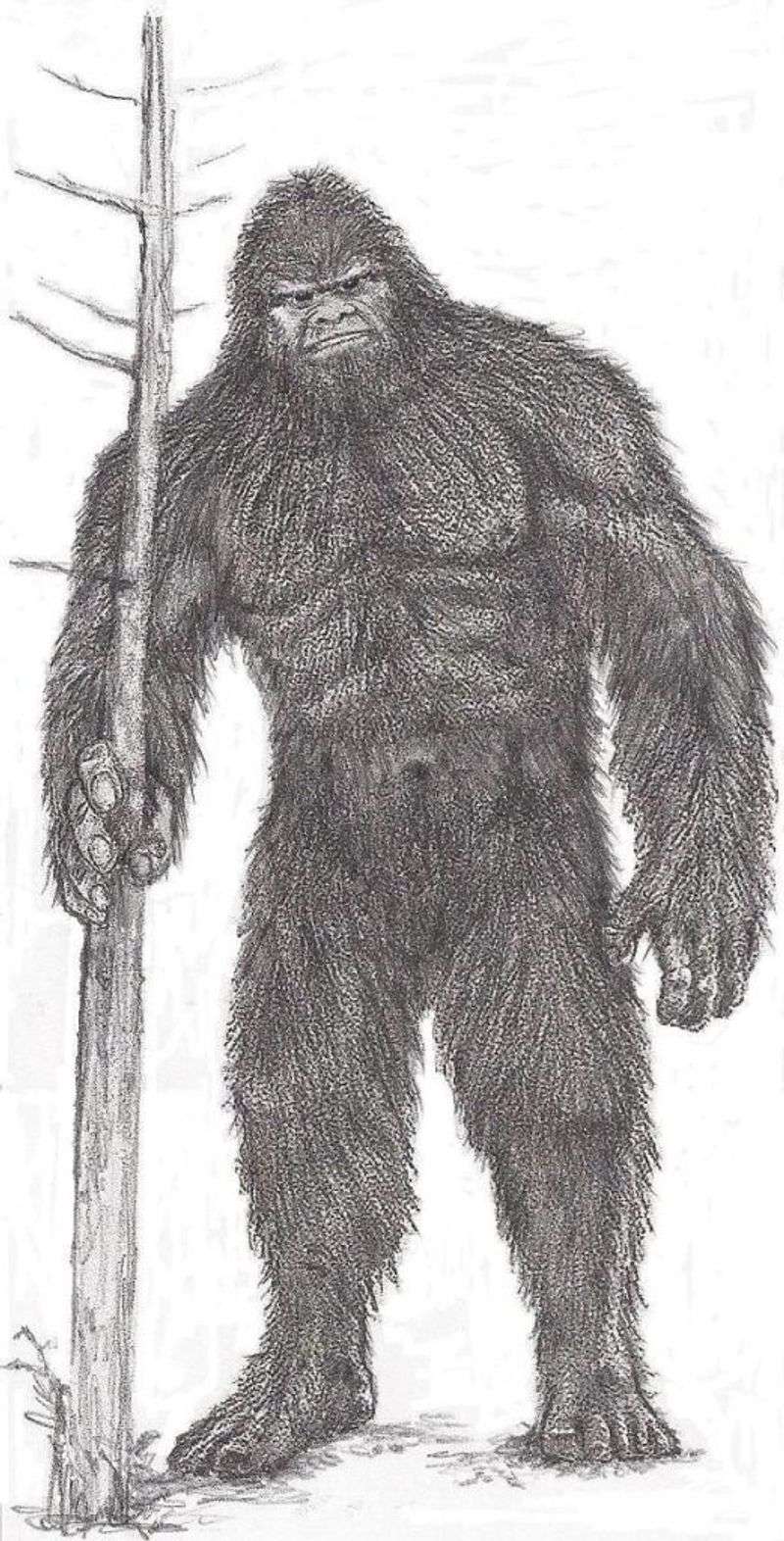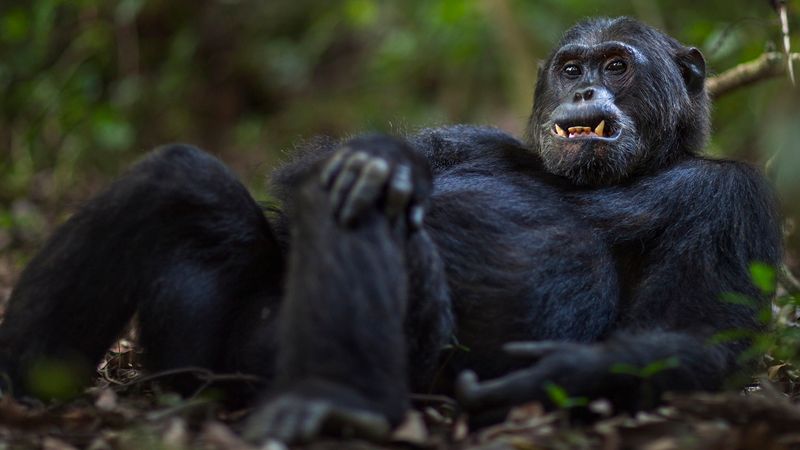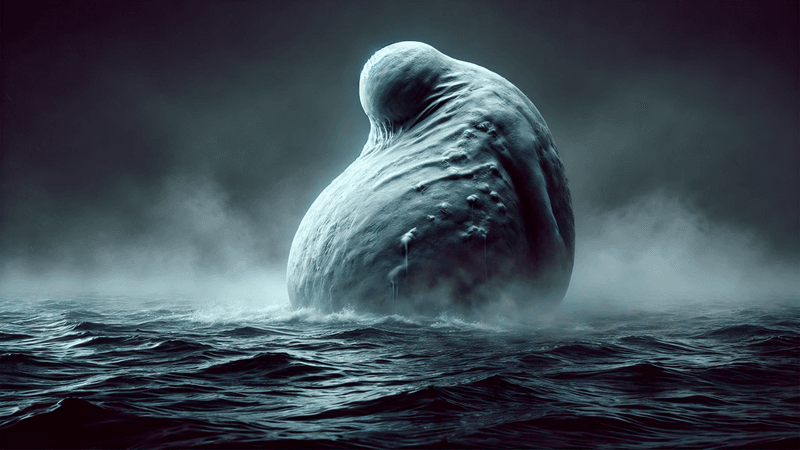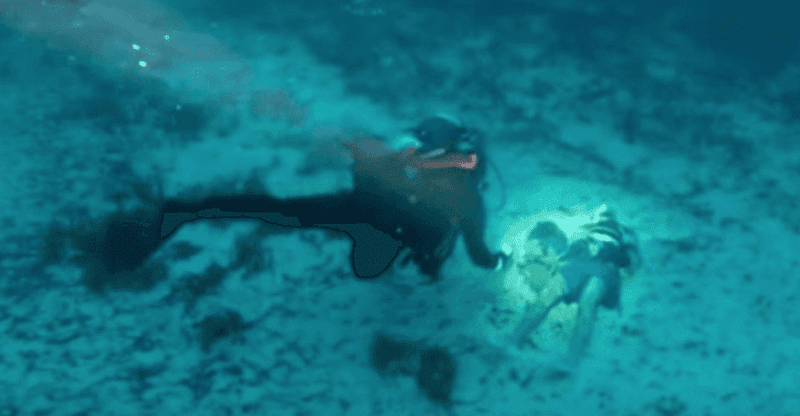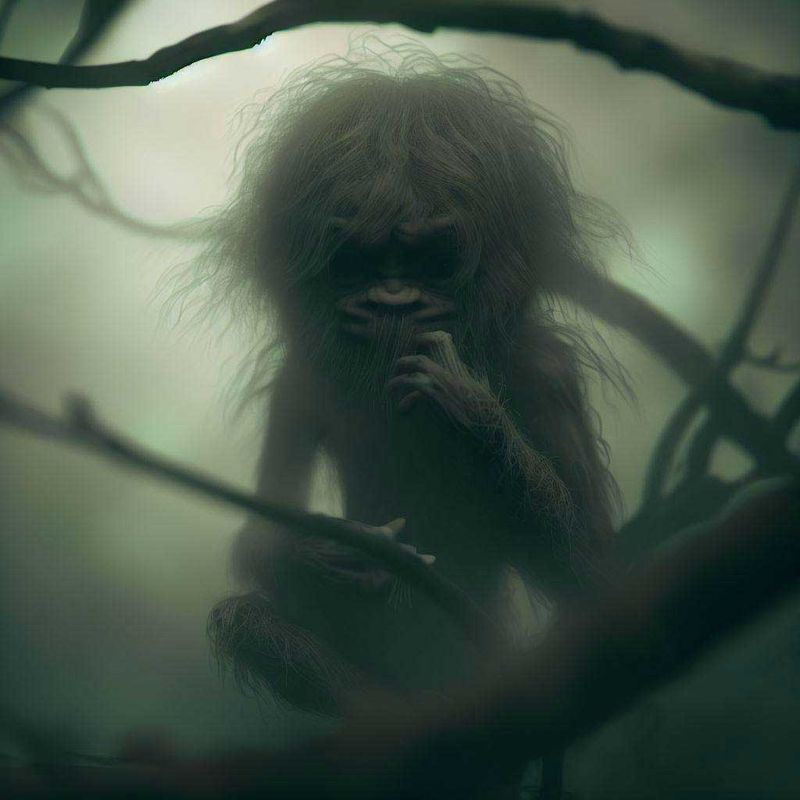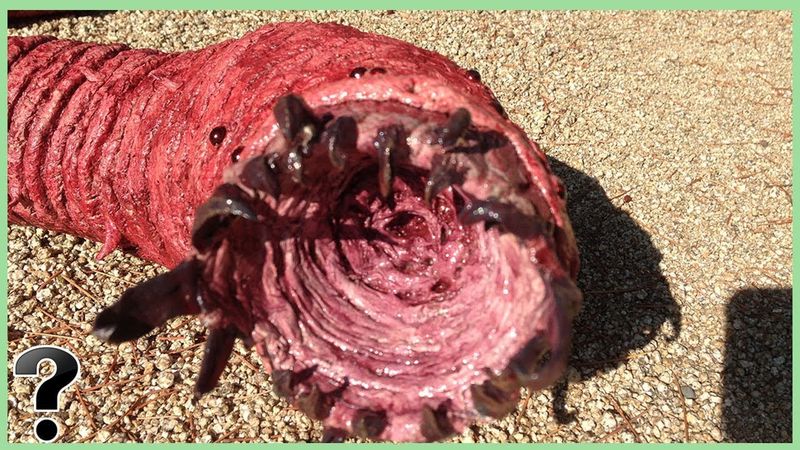Mysterious creatures have captured human imagination for centuries, sparking countless legends and stories. While many dismiss these beings as folklore, dedicated scientists have actually spent time and resources investigating these cryptids.
Some expeditions have uncovered fascinating evidence, while others have debunked long-held beliefs about these elusive creatures.
1. Bigfoot (Sasquatch)
North America’s most famous cryptid has attracted serious scientific attention for decades. Anthropologists and wildlife biologists have analyzed footprint casts, hair samples, and video footage from across the Pacific Northwest.
Dr. Grover Krantz, a respected anthropologist, spent years studying Sasquatch evidence at Washington State University. His research included detailed analysis of foot measurements and gait patterns that suggested a large, bipedal primate.
2. Loch Ness Monster (Nessie)
Scotland’s legendary lake monster has been the subject of numerous scientific expeditions since the 1930s. Marine biologists have used sonar equipment, underwater cameras, and DNA sampling to search for evidence of large unknown creatures.
Operation Deepscan in 1987 involved 24 boats equipped with echo-location devices scanning the entire loch. While they detected some unexplained sonar contacts, no definitive proof of a monster was found.
3. Yeti (Abominable Snowman)
High in the Himalayas, scientists have searched for evidence of the legendary Yeti for over 60 years. Mountaineering expeditions have collected hair samples, footprints, and even supposed Yeti scalps from Tibetan monasteries.
DNA analysis conducted by Oxford University and other institutions has tested numerous Yeti samples. Most turned out to be from known animals like bears, but some results remain inconclusive and continue to puzzle researchers.
4. Mokele-Mbembe
Deep in the Congo Basin, cryptozoologists have searched for this alleged living dinosaur since the early 1900s. Multiple expeditions have interviewed local witnesses and explored remote swamplands looking for evidence of large reptilian creatures.
Biologist Roy Mackal led several scientific expeditions to Cameroon and Congo in the 1980s. His team used hydrophones to record underwater sounds and collected water samples, though they never found conclusive proof of the creature’s existence.
5. Chupacabra
First reported in Puerto Rico during the 1990s, this blood-sucking creature quickly gained scientific attention. Veterinarians and wildlife experts have examined alleged Chupacabra carcasses and attack sites across Latin America and the southwestern United States.
DNA testing of supposed Chupacabra remains has consistently identified them as diseased coyotes, dogs, or other known animals. However, the unusual appearance of these creatures continues to generate scientific interest and debate.
6. Bunyip
Australia’s legendary water spirit has intrigued scientists studying Aboriginal folklore and paleontology. Researchers have compared Bunyip descriptions with fossils of extinct Australian megafauna, particularly the Diprotodon and other large marsupials.
Museum specimens labeled as Bunyip remains have been scientifically analyzed over the years. Most proved to be from known animals, but the consistency of Aboriginal accounts across different regions continues to interest anthropologists and zoologists studying Australian wildlife.
7. Mothman
This winged humanoid creature from West Virginia attracted scientific attention after numerous sightings in the 1960s. Entomologists and ornithologists have studied witness accounts and proposed various explanations for the reported encounters.
Dr. Robert Smith, an ornithologist, suggested the sightings might be misidentified sandhill cranes, which are large birds with impressive wingspans. Other researchers have examined the psychological and sociological aspects of the Mothman phenomenon, studying how group hysteria might influence witness reports.
8. Jersey Devil
New Jersey’s legendary creature has been investigated by naturalists and historians for over two centuries. Scientists have studied the Pine Barrens ecosystem to determine what animals might be responsible for Jersey Devil sightings.
Wildlife biologists have suggested that encounters might involve large birds like great horned owls or sandhill cranes. The creature’s reported characteristics have been compared to various native species, though no definitive explanation has satisfied all witness accounts and historical records.
9. Ogopogo
Canada’s Okanagan Lake monster has been the subject of scientific scrutiny since the early 1900s. Marine biologists have used underwater cameras and sonar equipment to search for large unknown aquatic animals in the deep lake.
Dr. Paul LeBlond, a respected oceanographer, has studied Ogopogo sightings and analyzed video footage. While he remains skeptical, he acknowledges that large lakes can harbor unknown species and that further scientific investigation might be worthwhile for understanding lake ecosystems.
10. Flatwoods Monster
West Virginia’s mysterious encounter from 1952 has been analyzed by both UFO researchers and wildlife experts. Scientists have proposed various explanations, including misidentified owls and atmospheric phenomena that might account for the bizarre sighting.
Ornithologist Dr. Donald Keyhoe suggested the creature might have been a large barn owl perched on a tree branch. The owl’s distinctive silhouette, combined with darkness and fear, could create the illusion of a much larger, more frightening creature than what witnesses actually observed.
11. Snallygaster
Maryland’s legendary flying creature has been studied by folklorists and historians interested in American cryptid traditions. Researchers have traced the creature’s origins to German immigrant folklore and examined how stories evolved over time.
Wildlife experts have suggested that Snallygaster sightings might involve large birds like turkey vultures or great blue herons. The creature’s reported characteristics align with various native species, though the dramatic embellishments in witness accounts make scientific analysis challenging but fascinating.
12. Fresno Nightcrawler
These unusual bipedal creatures caught on security cameras have puzzled video analysts and special effects experts. Scientists have studied the footage frame by frame, looking for signs of hoaxing or misidentification.
Computer graphics specialists have analyzed the creatures’ movement patterns and proportions. While some suggest the videos show fabric or plastic bags blowing in the wind, others argue the consistent bipedal gait indicates something more substantial and unexplained.
13. Honey Island Swamp Monster
Louisiana’s legendary creature has attracted attention from primatologists and wildlife biologists studying the region’s biodiversity. Researchers have examined footprint casts and hair samples allegedly left by the creature in the swamp.
Dr. George Lowery, a respected zoologist, investigated reports and suggested the sightings might involve known animals like bears or large primates that escaped from captivity. The swamp’s dense vegetation and challenging terrain make thorough scientific investigation difficult but important for understanding local ecosystems.
14. Thylacine (Tasmanian Tiger)
Unlike other cryptids, the Thylacine was a real animal that supposedly went extinct in 1936. Scientists continue investigating reported sightings across Australia and Tasmania, hoping to discover surviving populations.
Researchers use camera traps, DNA analysis, and field surveys to search for evidence of living Thylacines. While no definitive proof has emerged, the scientific community remains open to the possibility that small populations might survive in remote wilderness areas.
15. White Bigfoot
Albino or white variants of Sasquatch have been reported across North America, particularly in northern regions. Geneticists have studied the possibility of albinism in unknown primate populations and what environmental factors might contribute to such variations.
Dr. Jeffrey Meldrum, a respected anatomist, has examined evidence of white Bigfoot encounters alongside standard Sasquatch research. The rarity of these reports makes them particularly interesting for understanding potential genetic diversity in cryptid populations.
16. Yeren
China’s version of Bigfoot has been investigated by Chinese scientists and international researchers since the 1970s. The Chinese Academy of Sciences has organized expeditions to study reported sightings and collect physical evidence.
Primatologist Dr. Yuan Zhenxin has led multiple scientific expeditions searching for the Yeren in Hubei Province. His team has collected hair samples, footprints, and witness testimonies, though conclusive evidence remains elusive despite decades of systematic research.
17. Barmanou
Pakistan’s legendary ape-man has attracted attention from international cryptozoologists and local researchers. Scientists have studied the creature’s reported habitat in the Hindu Kush mountains and compared accounts with known regional wildlife.
Field researchers have interviewed local witnesses and examined alleged evidence, including footprints and hair samples. The remote mountainous terrain makes systematic scientific investigation challenging, but the consistency of reports across different communities continues to interest researchers studying regional biodiversity.
18. Bili Ape
These large chimpanzees from the Democratic Republic of Congo represent a cryptid that became scientifically verified. Researchers initially dismissed reports of giant chimps as folklore until systematic field studies confirmed their existence.
Dr. Cleve Hicks conducted extensive field research proving that Bili apes are real animals with unique behaviors and characteristics. This success story demonstrates how proper scientific investigation can transform cryptids into legitimate zoological discoveries, encouraging continued research into other mysterious creatures.
19. Pend Oreille Paddler
Idaho’s lake monster has been studied by local researchers and visiting scientists interested in North American lake cryptids. Marine biologists have used sonar equipment and underwater cameras to search for large unknown aquatic animals.
The creature’s reported characteristics have been compared to various known fish species and aquatic mammals. While no definitive evidence has emerged, the scientific approach to investigating these reports helps advance our understanding of lake ecosystems and potential undiscovered species.
20. Ningen
These alleged Antarctic humanoids have caught the attention of marine biologists and polar researchers. Scientists have studied reports from Japanese whaling crews and examined photographs that supposedly show these large, pale creatures.
Oceanographers have suggested that Ningen sightings might involve known marine mammals like belugas or orcas viewed under unusual conditions. The extreme environment and limited visibility in Antarctic waters make systematic scientific investigation challenging but worthwhile for understanding polar marine ecosystems.
21. Tahoe Tessie
Lake Tahoe’s legendary creature has been investigated by marine biologists and local researchers using modern scientific equipment. Underwater cameras and sonar devices have been deployed to search for large unknown aquatic animals in the deep lake.
The lake’s extreme depth and cold temperatures create unique conditions that could potentially harbor unknown species. While no conclusive evidence has been found, the scientific investigation of Tessie reports contributes valuable data about Lake Tahoe’s ecosystem and biodiversity.
22. Kalanoro
Madagascar’s legendary forest people have interested anthropologists and primatologists studying the island’s unique biodiversity. Researchers have examined reports of small, hairy humanoids and compared them with known lemur species and fossil records.
Field researchers have interviewed local communities and studied the creatures’ reported behaviors and habitat preferences. The island’s isolation and high rate of endemic species make it plausible that unknown primates could exist, encouraging continued scientific investigation and conservation efforts.
23. Almas
Central Asia’s wildman has been studied by Russian and international researchers for decades. Scientists have collected hair samples, footprints, and witness testimonies from across Mongolia and surrounding regions.
Dr. Marie-Jeanne Koffmann, a respected surgeon and researcher, spent years investigating Almas reports in the Caucasus Mountains. Her systematic approach included interviewing hundreds of witnesses and collecting physical evidence, though definitive proof remains elusive despite extensive scientific effort.
24. Mongolian Death Worm
This legendary desert creature has attracted attention from herpetologists and desert ecology experts. Scientists have studied the Gobi Desert’s ecosystem to determine what animals might be responsible for death worm reports.
Researchers have suggested the creature might be a large snake or worm-like reptile that remains undiscovered due to the harsh desert environment. Expeditions have searched for evidence while studying the region’s unique adaptations to extreme conditions, contributing valuable data about desert biodiversity.
25. Orang Pendek
Sumatra’s short ape has been extensively studied by primatologists and conservation biologists. Unlike many cryptids, Orang Pendek has strong scientific support, with researchers finding footprints, hair samples, and credible witness accounts.
Dr. Debbie Martyr has conducted long-term field research in Sumatra, collecting substantial evidence for the creature’s existence. Her work suggests Orang Pendek might be an unknown primate species, making it one of the most scientifically promising cryptid investigations currently underway.
